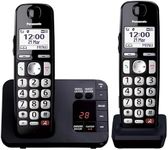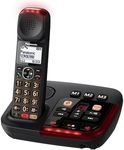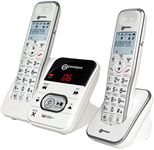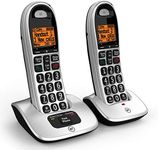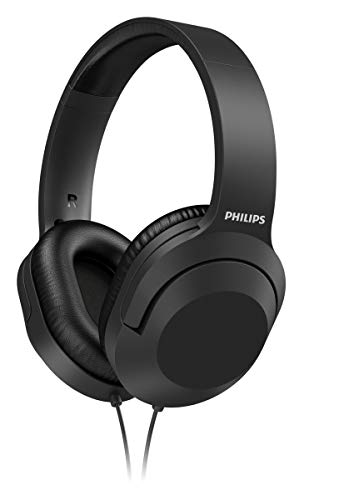Buying Guide for the Best Hearing Impaired Phones
Choosing the right phone for someone who is hearing-impaired involves considering several key features that can enhance their communication experience. These phones are designed to provide better sound quality, louder volumes, and additional visual aids to ensure that the user can communicate effectively. Here are some important specifications to consider when selecting a hearing-impaired phone.AmplificationAmplification refers to the phone's ability to increase the volume of the incoming sound. This is crucial for individuals with hearing loss as it helps them hear the caller more clearly. Amplification levels are usually measured in decibels (dB). Phones with amplification up to 30 dB are suitable for mild to moderate hearing loss, while those offering 40 dB or more are better for severe hearing loss. Choose a phone with the appropriate amplification level based on the user's degree of hearing impairment.
Tone ControlTone control allows users to adjust the pitch of the sound to better match their hearing needs. This feature is important because hearing loss can affect different frequencies, making some sounds harder to hear than others. Phones with tone control let users customize the sound to emphasize high or low frequencies, depending on their specific hearing loss. If the user has difficulty hearing high-pitched sounds, they should look for a phone that can lower the pitch, and vice versa.
Visual Ring IndicatorsVisual ring indicators are lights that flash when the phone rings, providing a visual cue for incoming calls. This feature is essential for individuals who may not hear the phone ring. The brightness and placement of these indicators can vary, so it's important to choose a phone with a visual ring indicator that is easily noticeable in the user's environment. This feature is particularly useful in noisy settings or for those with profound hearing loss.
Hearing Aid Compatibility (HAC)Hearing aid compatibility ensures that the phone can be used effectively with hearing aids without causing interference. Phones with a high HAC rating (usually M3/T3 or higher) are designed to work well with hearing aids, providing clear sound without feedback or static. If the user wears hearing aids, it's important to select a phone with a good HAC rating to ensure a seamless communication experience.
CaptioningCaptioning displays the text of the conversation on the phone's screen, allowing users to read what the caller is saying. This feature is particularly helpful for those with severe hearing loss who may struggle to understand speech even with amplification. Captioning can be real-time or delayed, so it's important to choose a phone that offers the type of captioning that best suits the user's needs. Real-time captioning is generally more effective for maintaining the flow of conversation.
Speakerphone QualityA good speakerphone allows the user to hear the conversation without holding the phone to their ear, which can be beneficial for those with hearing aids or cochlear implants. The quality of the speakerphone is determined by its volume, clarity, and the absence of distortion. Look for phones with high-quality speakerphones that offer clear and loud sound, making it easier for the user to participate in conversations.
